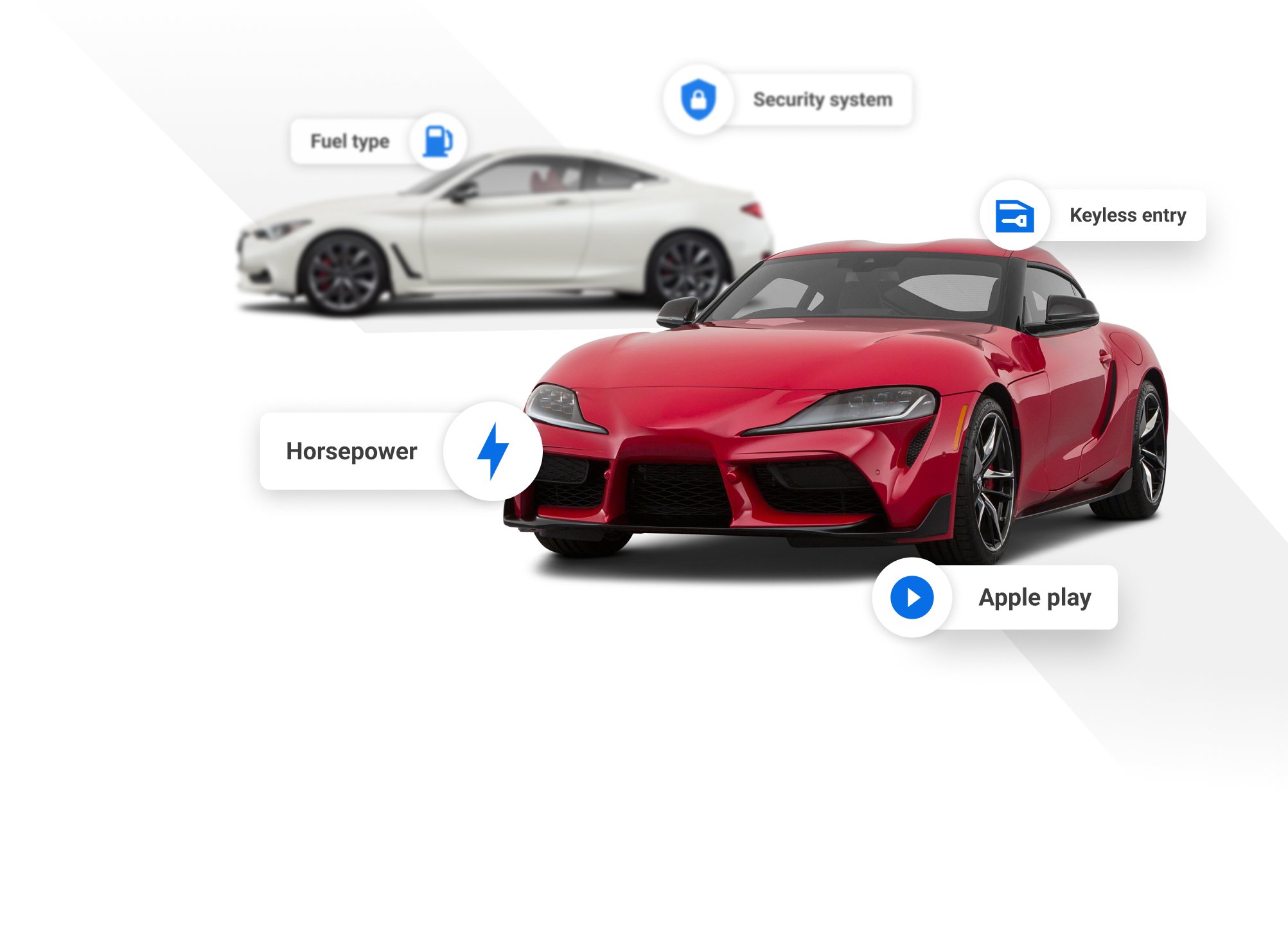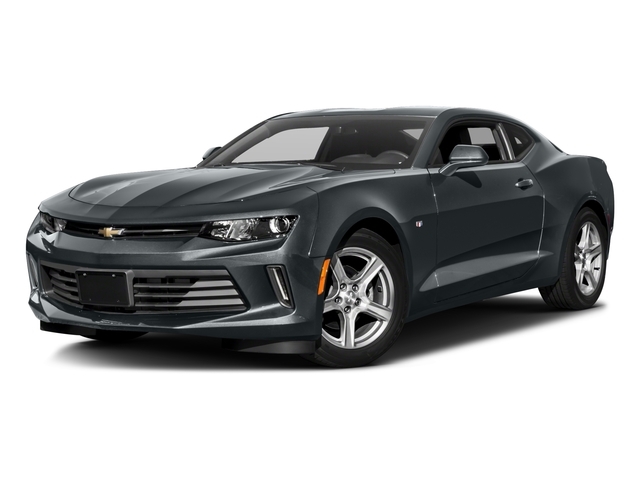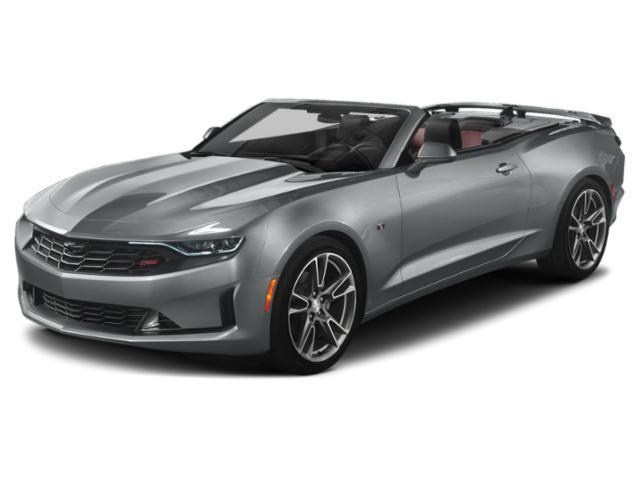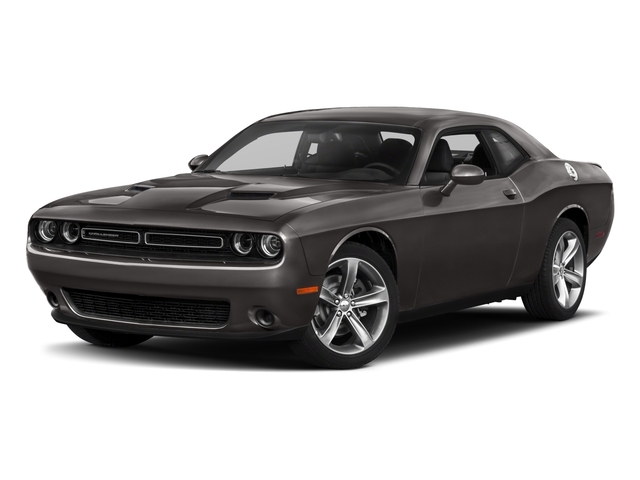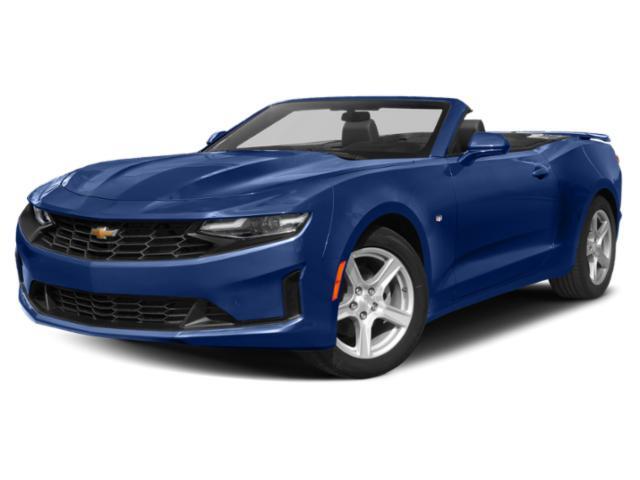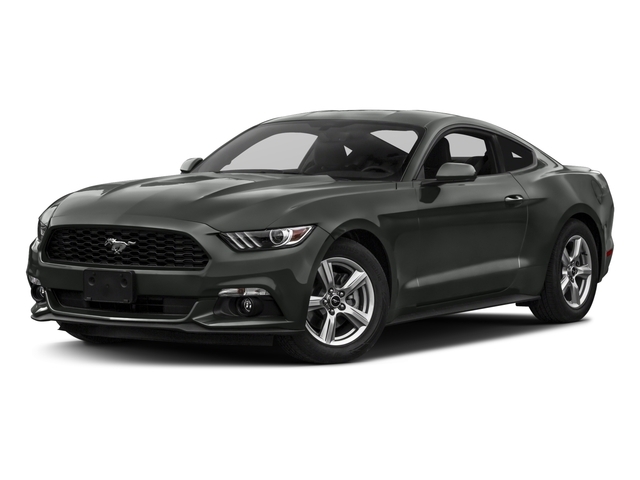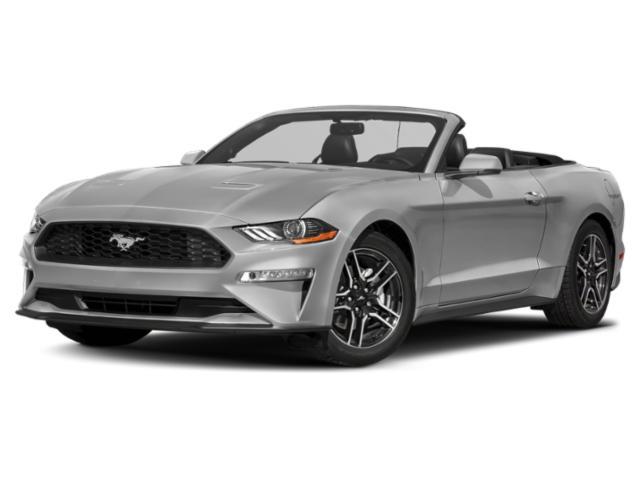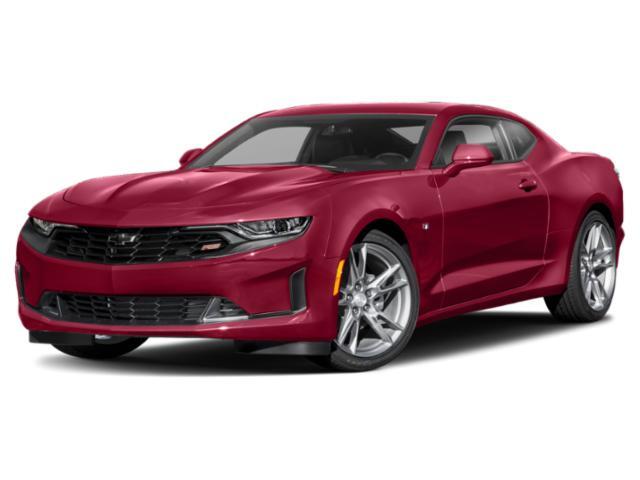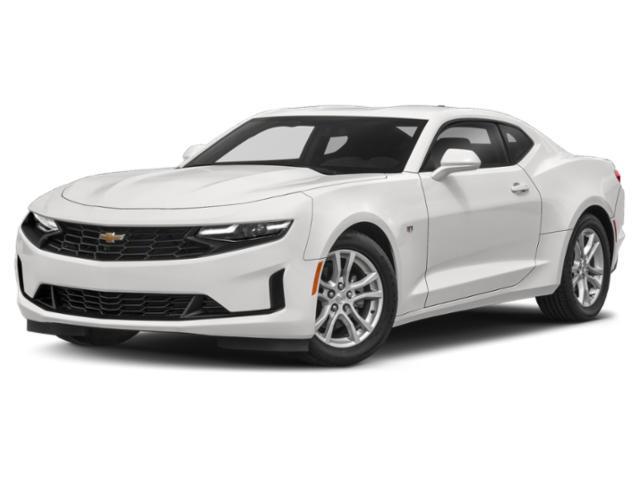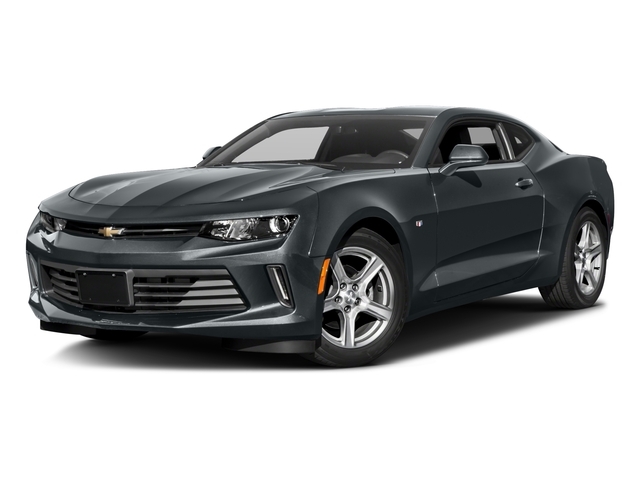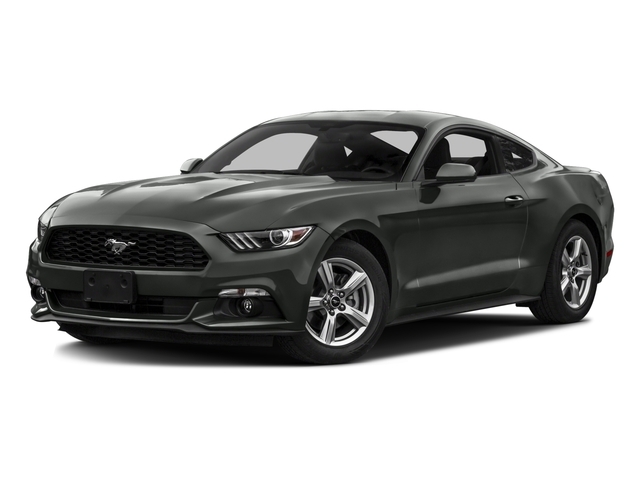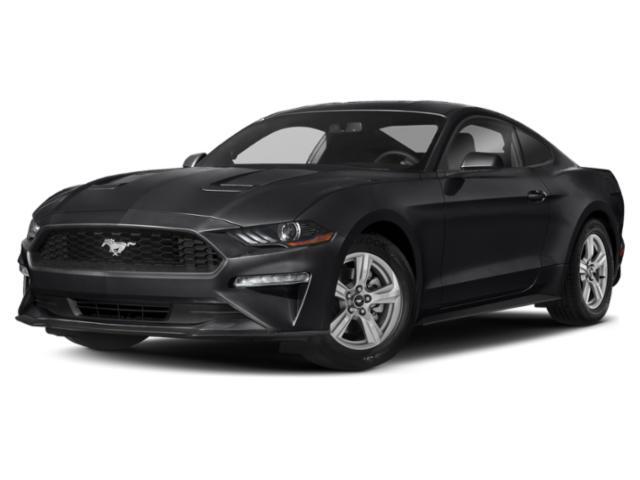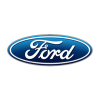
2018 Ford Mustang


Key Specifications for 2018 Ford Mustang






Buyer’s Guide
Ford has proven it's serious about keeping its Mustang "pony" car at the front of the field with a 2018 refresh that sees the automaker refine the look and performance it introduced for 2015.
Up front, there's a new hood and grille and LED headlights that are standard across the line. At the rear, the LED taillights are revised and come with a new bumper and fascia.
Inside, the Mustang gets a new optional all-digital gauge cluster.
Mechanically, the big update is the availability of a 10-speed automatic transmission with both the base car's 2.3L EcoBoost turbo four-cylinder (310 hp/320 lb-ft) and the GT's 5.0L V8 (435 hp/400 lb-ft). Both engines still come standard with a six-speed manual.
The Shelby GT350 and GT350R models carry over with their high-revving 5.2L V8, which cranks out 526 hp and 529 lb-ft through a six-speed manual only.
While the original retro Mustang of 2005 was a nice nod to this car's heritage, we'd argue this is the best-looking version of this coupe and convertible since the original of the mid-1960s. It's a cohesive design that manages to look substantial and lithe all at once.
Chevrolet's Camaro challenges the Mustang's modern evolution with its own turbocharged four-cylinder, but Chevy also still offers a V6 to slot between four- and eight-cylinder models. Ironically, given the long history of competition between the Mustang and Camaro, the two cars actually share that 10-speed transmission, which GM and Ford developed together.
Both the Chevrolet and Dodge offer more high-performance muscle car options in variants like the Camaro ZL1 and the monstrous Challenger Hellcat and Demon models. Still, the GT350 is a unique beast and an interesting follow-up to the GT500: it was fast in a straight line, but the GT350 can do that and blast through corners, too.
Standard features include air conditioning, passive keyless entry, limited slip differential, selectable-effort electric power steering, SYNC infotainment with 4.2-inch touchscreen and a backup camera.
Options include automatic dual-zone climate control, navigation and six-way power-adjustable front seats
Fuel consumption estimates are 11.0/7.7 L/100 km (city/highway) with the four-cylinder and 15.5/9.5 for V8 models. Both cars promise nominally more efficiency with the automatic.
Review & Compare:
Photos

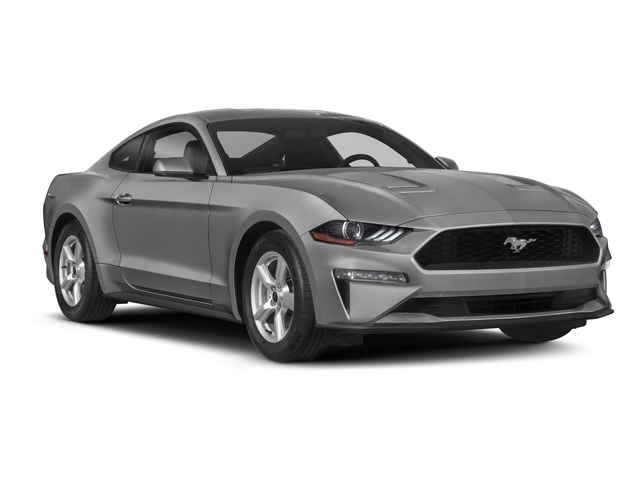

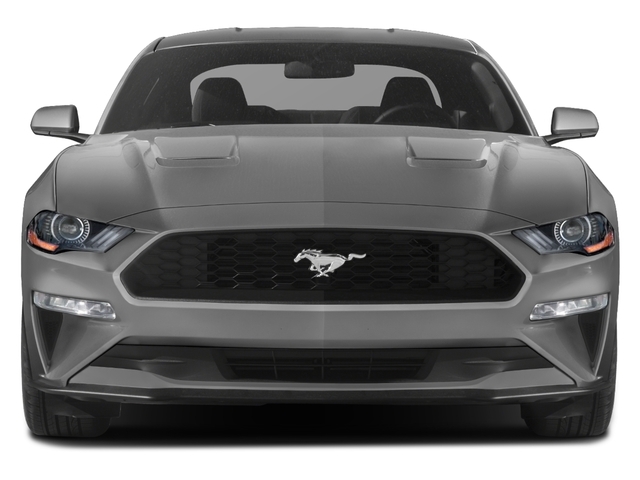
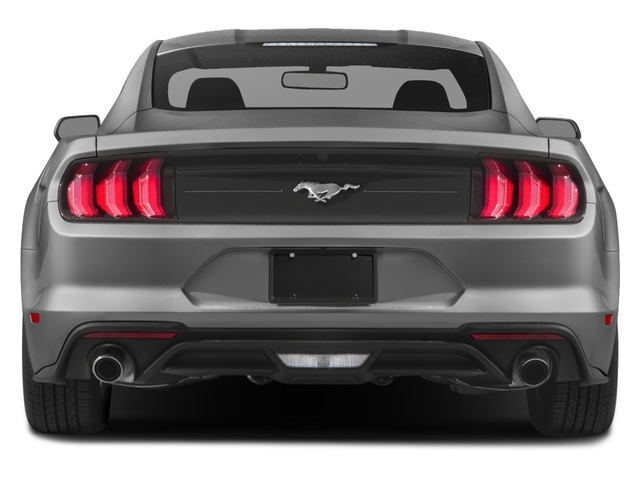
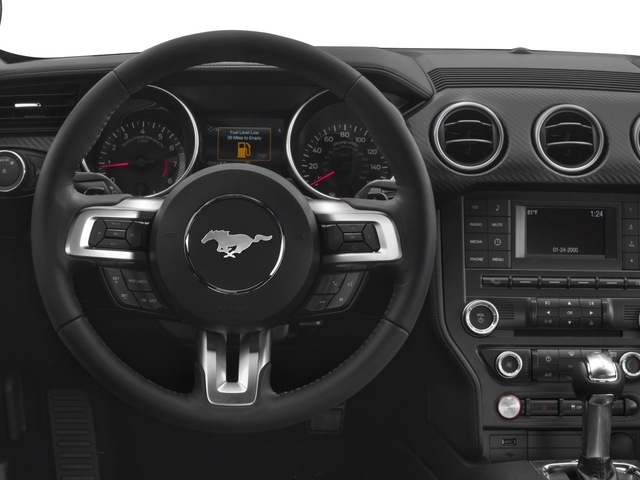
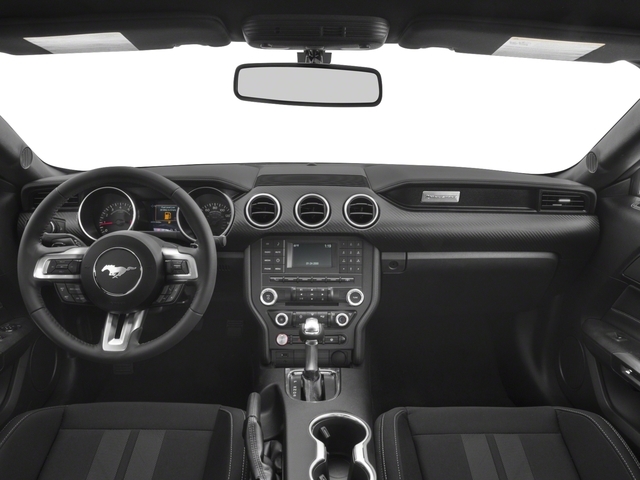
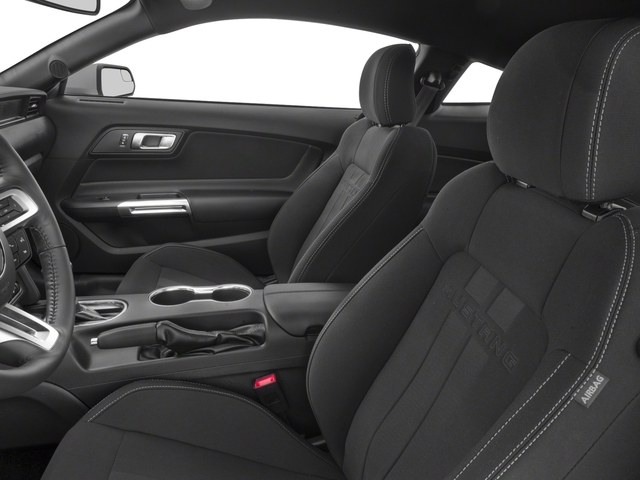


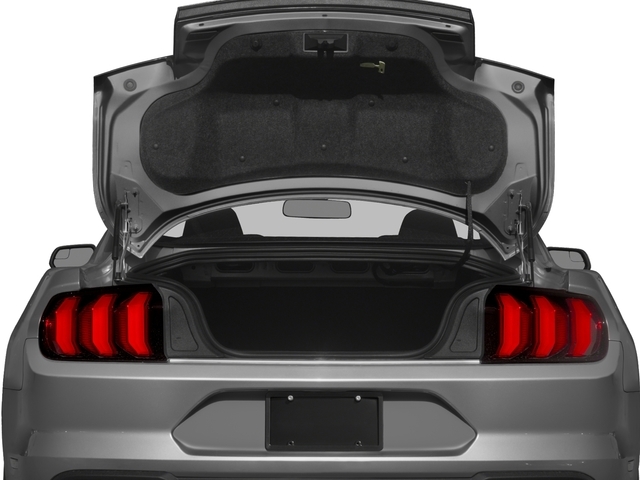
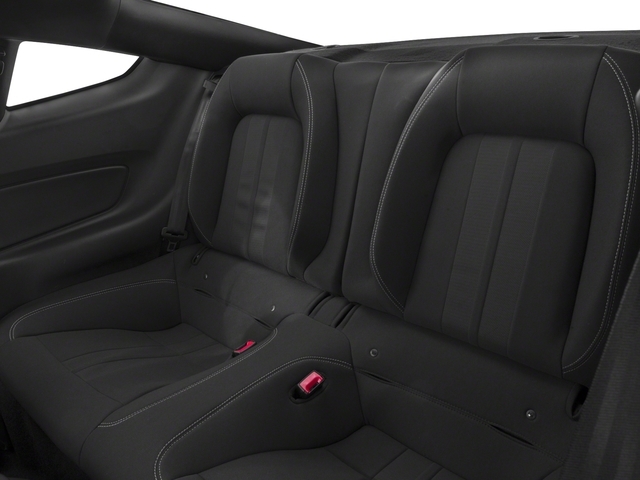


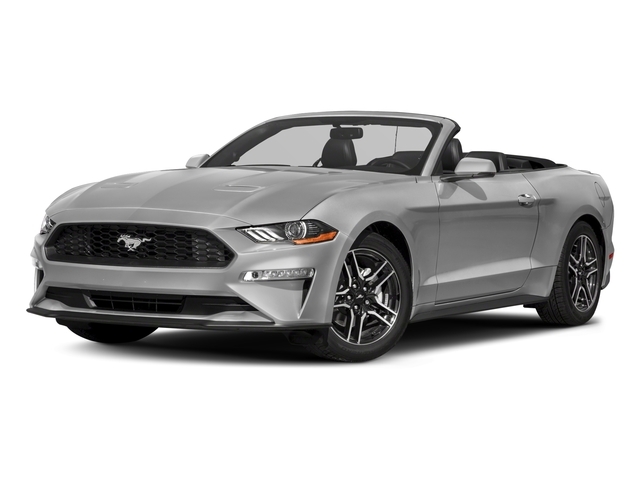
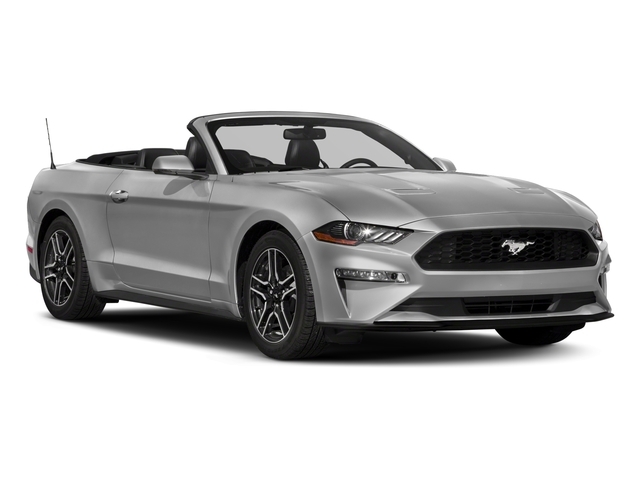
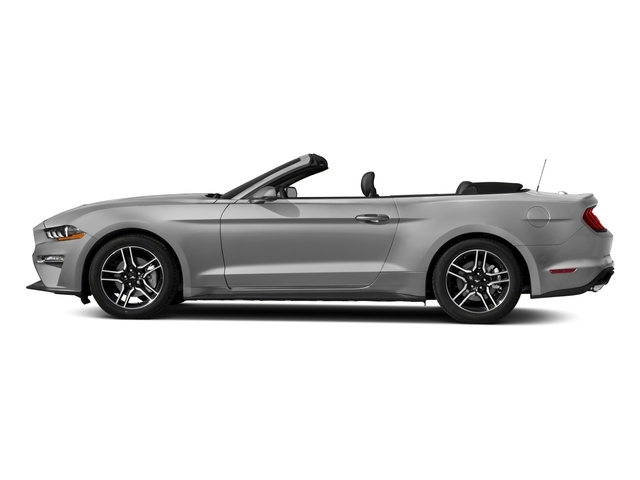

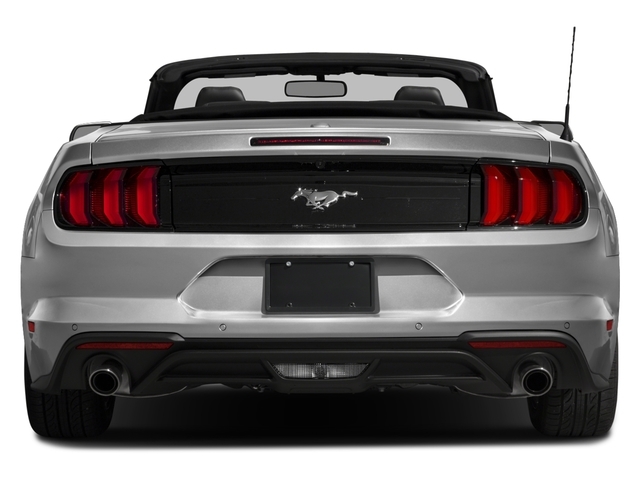
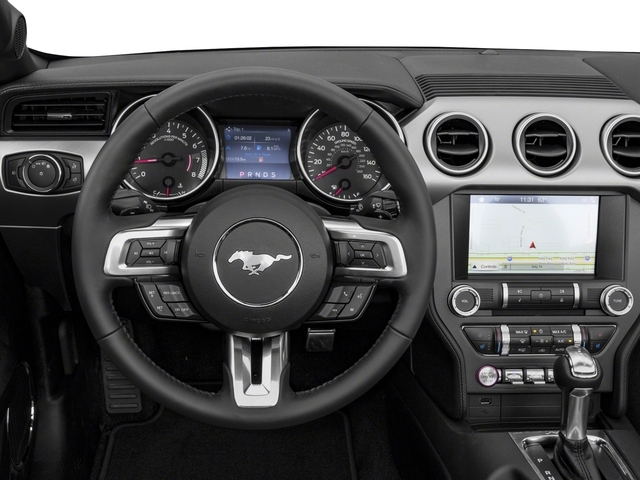
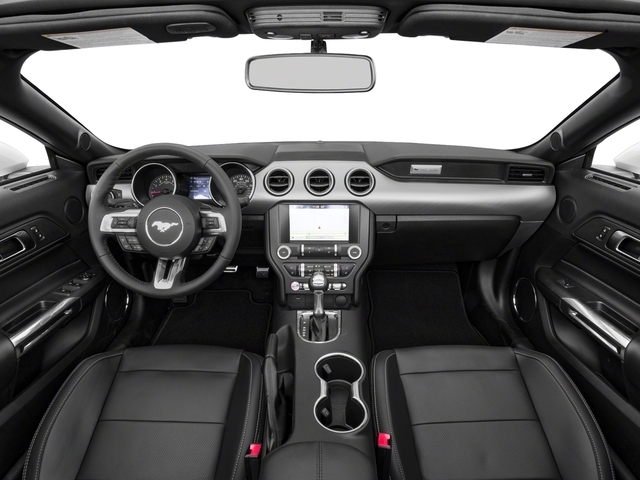
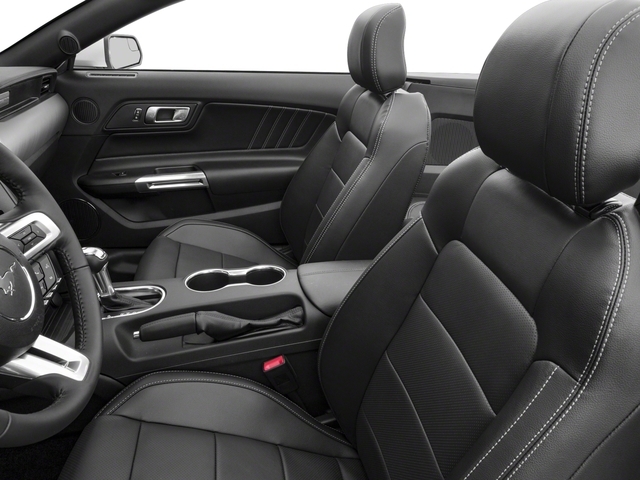
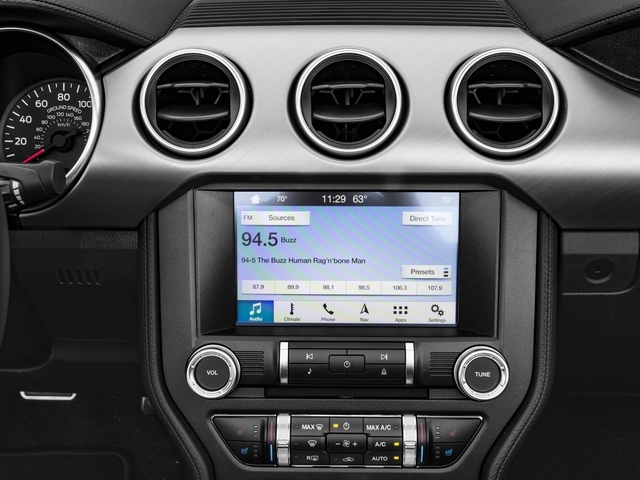
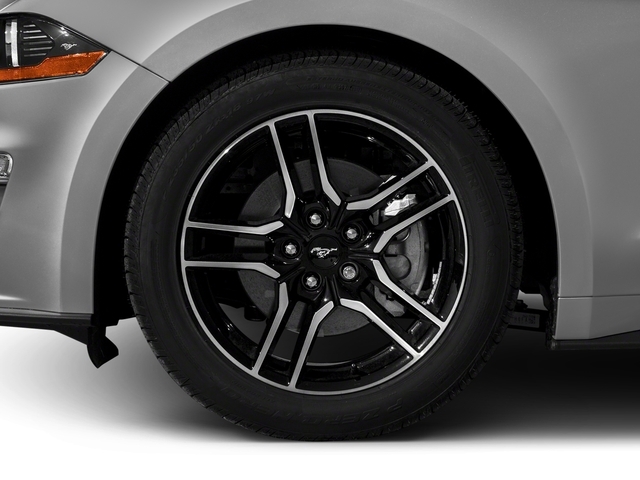
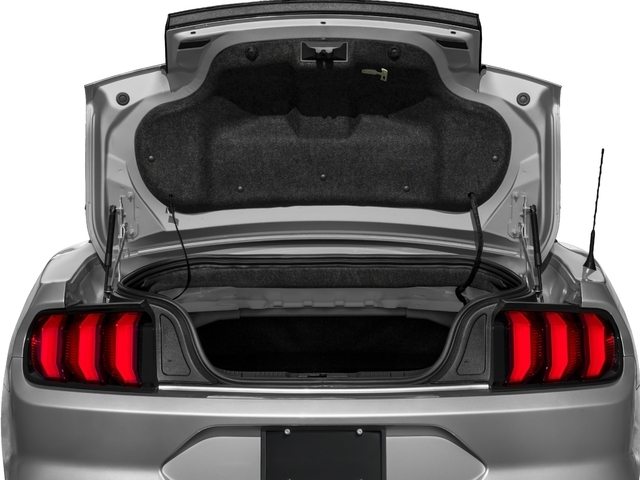
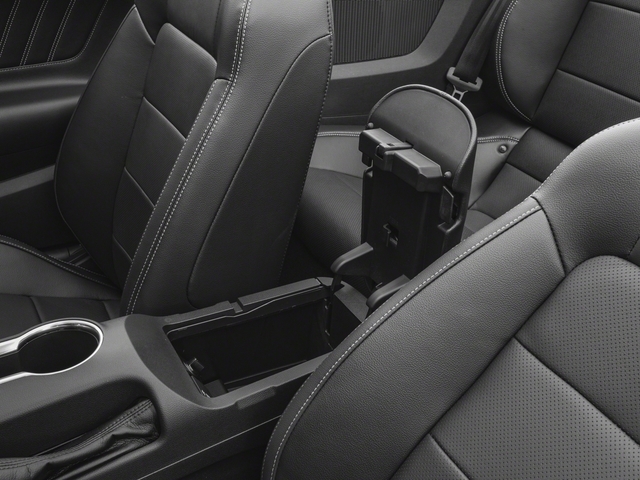
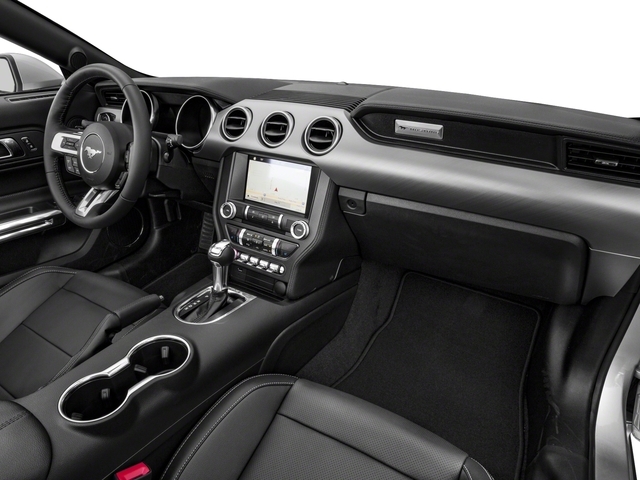

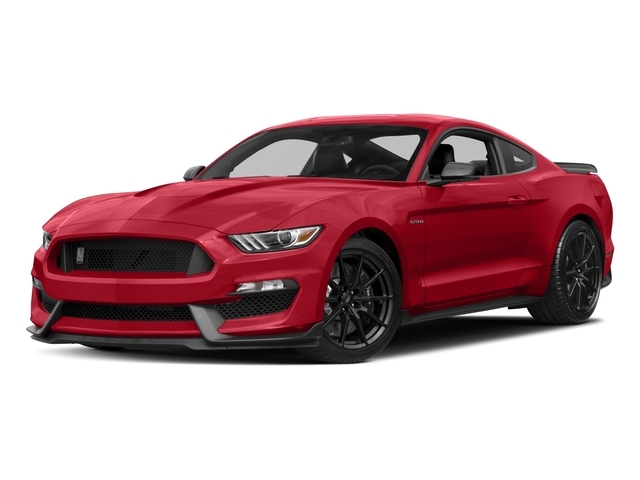
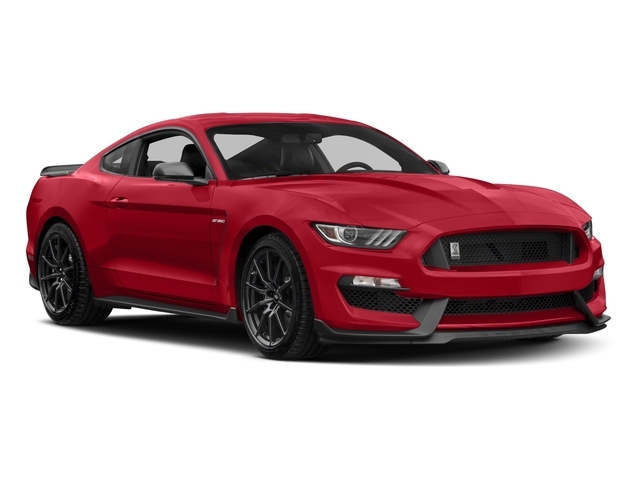
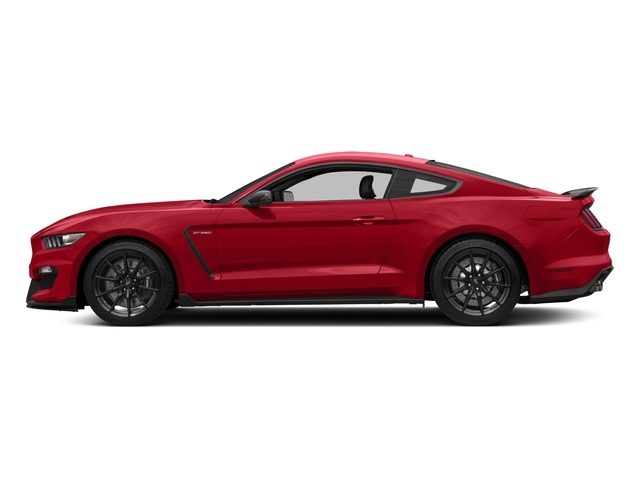
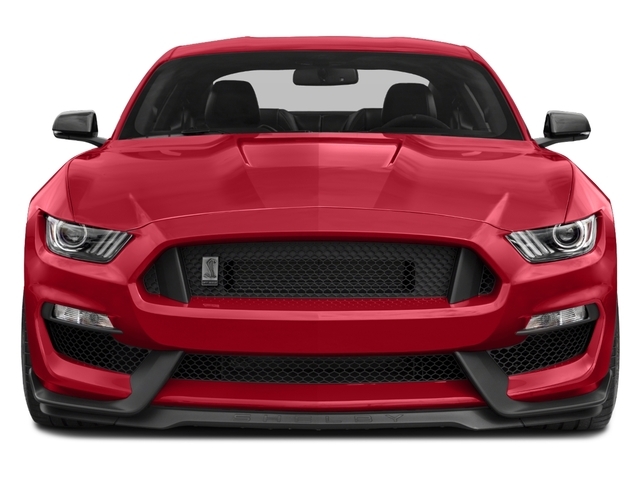
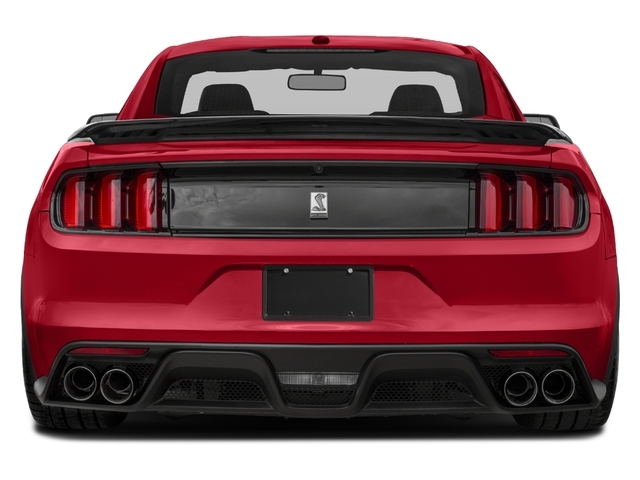
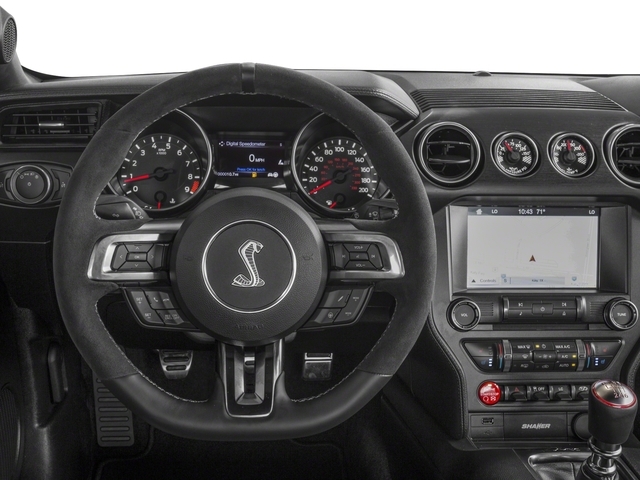
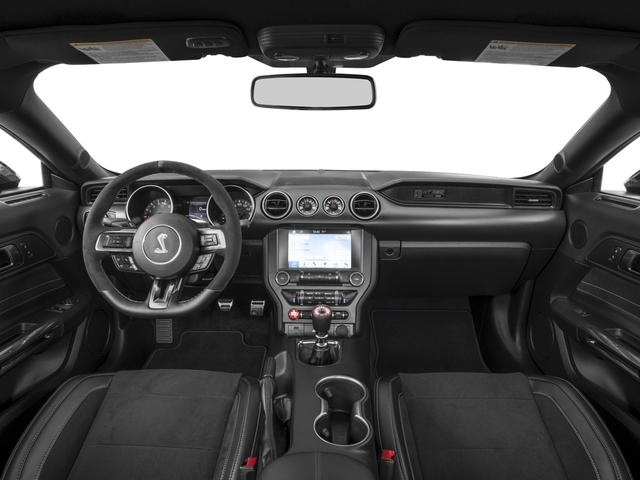
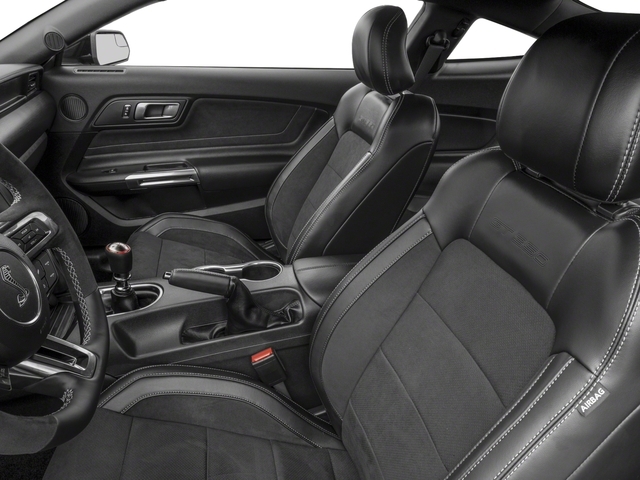
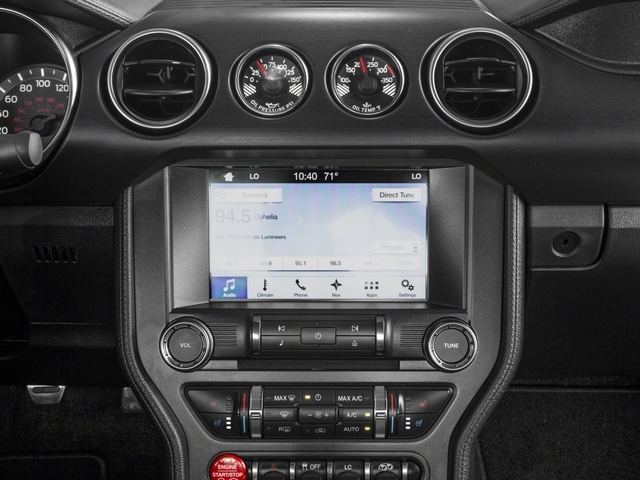
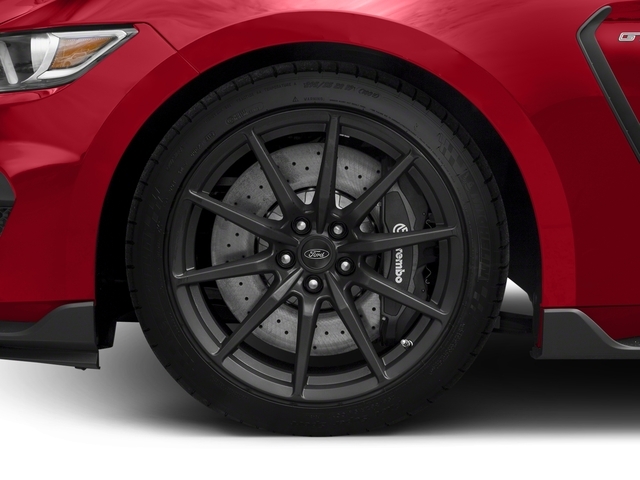
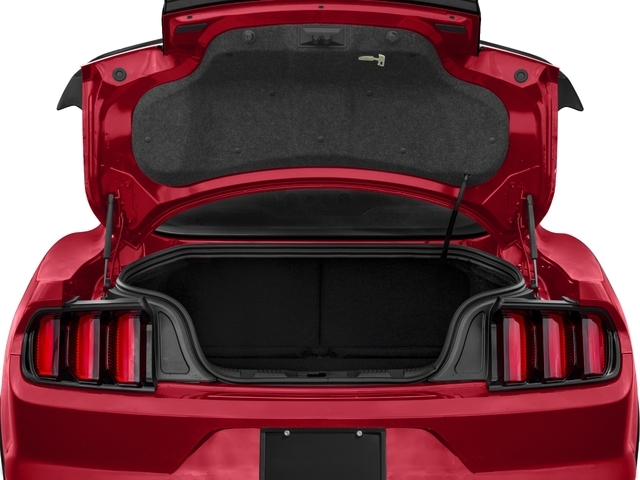
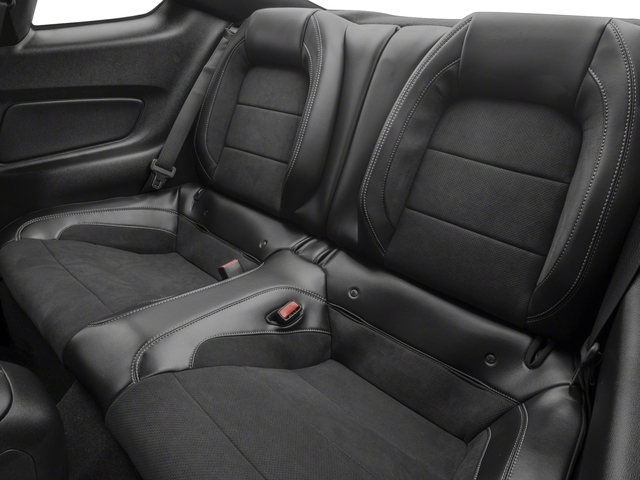
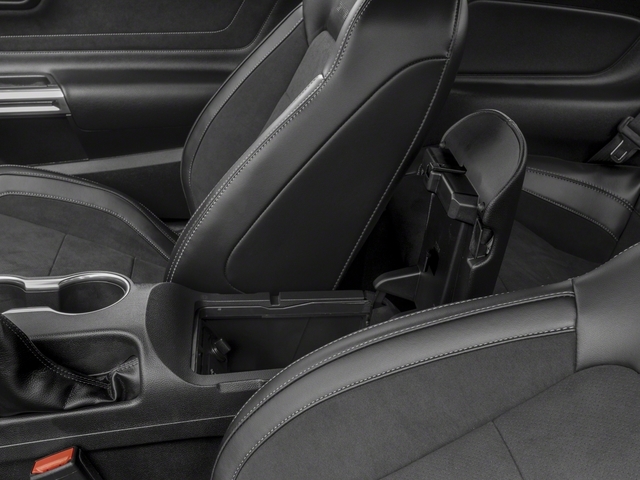
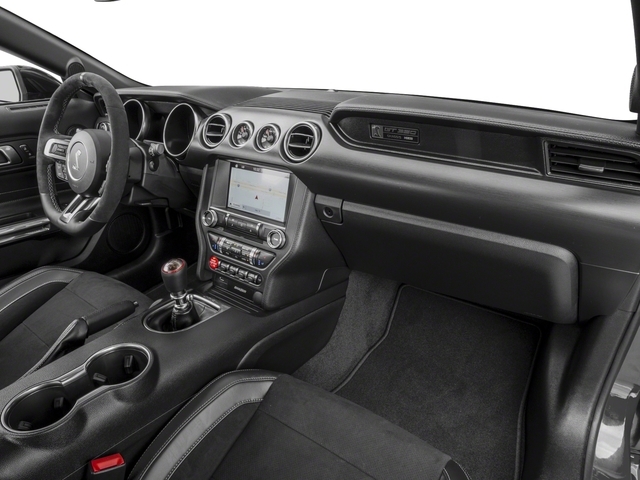
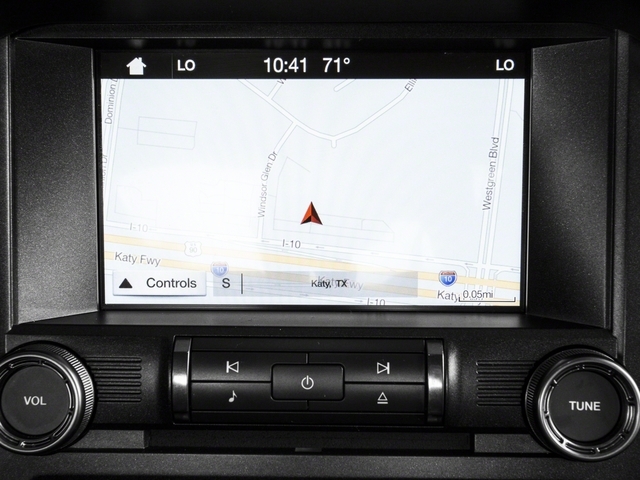

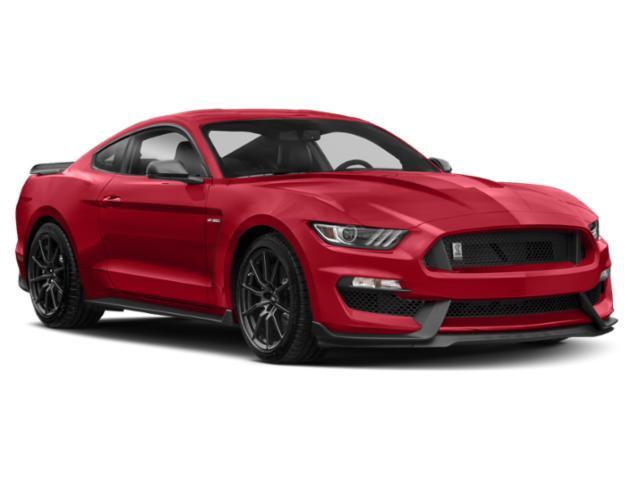

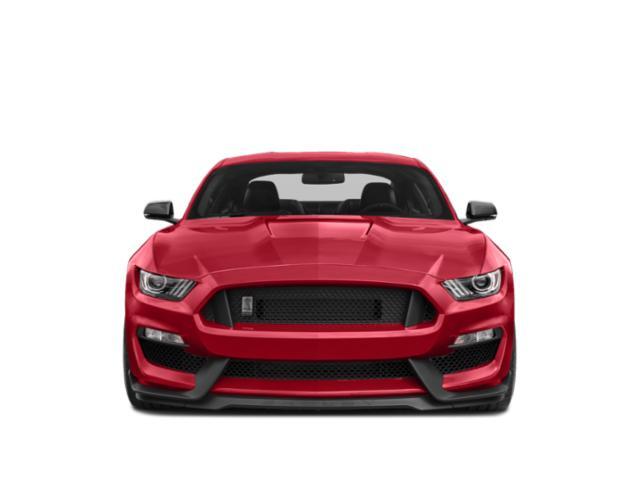
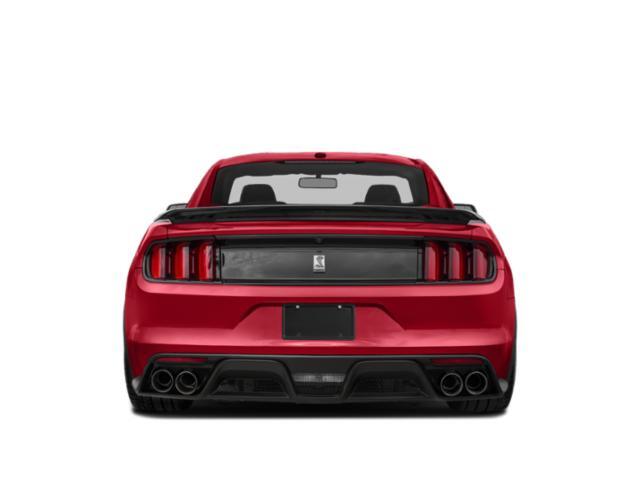
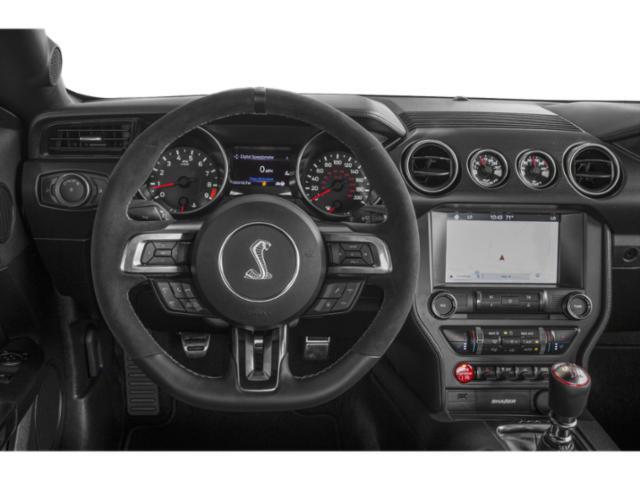


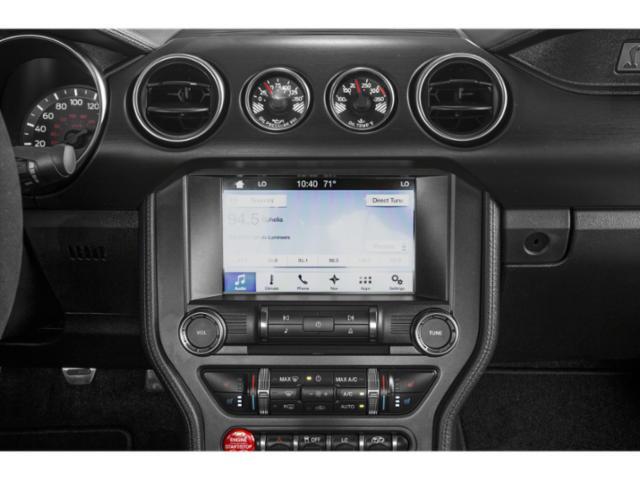
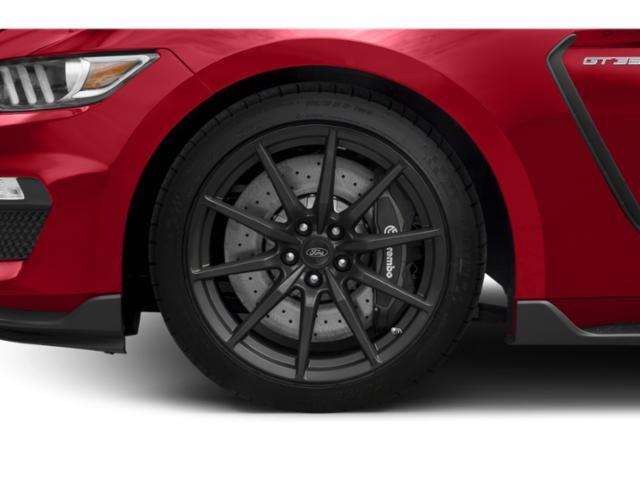
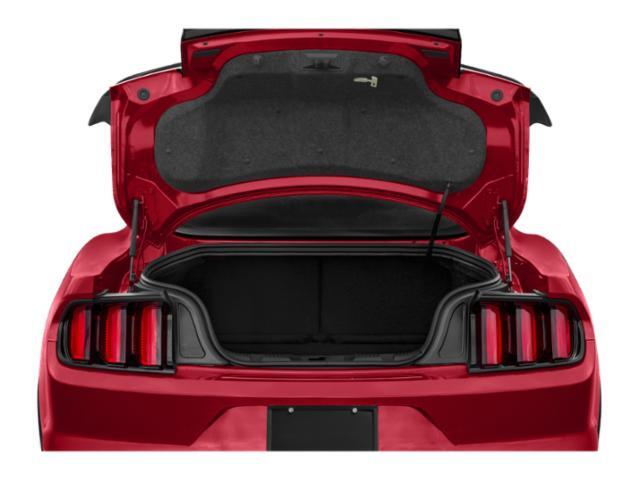
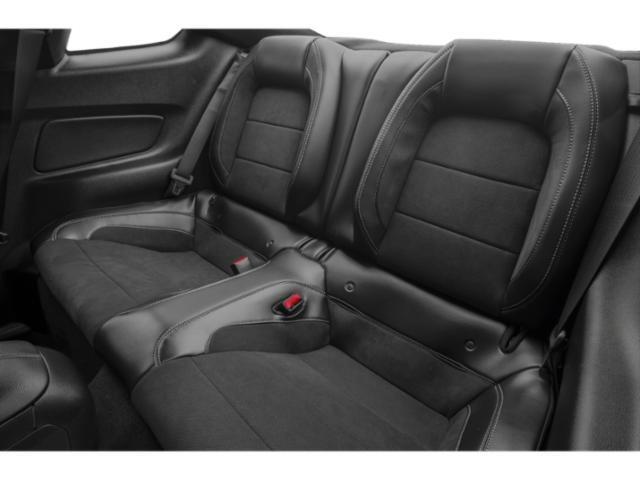



























































AutoTrader Review





